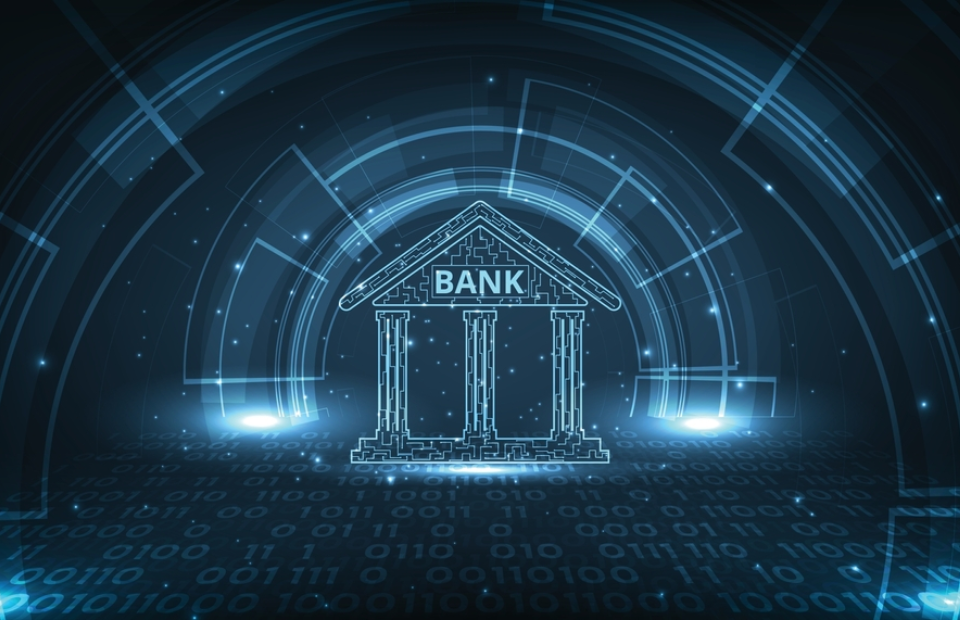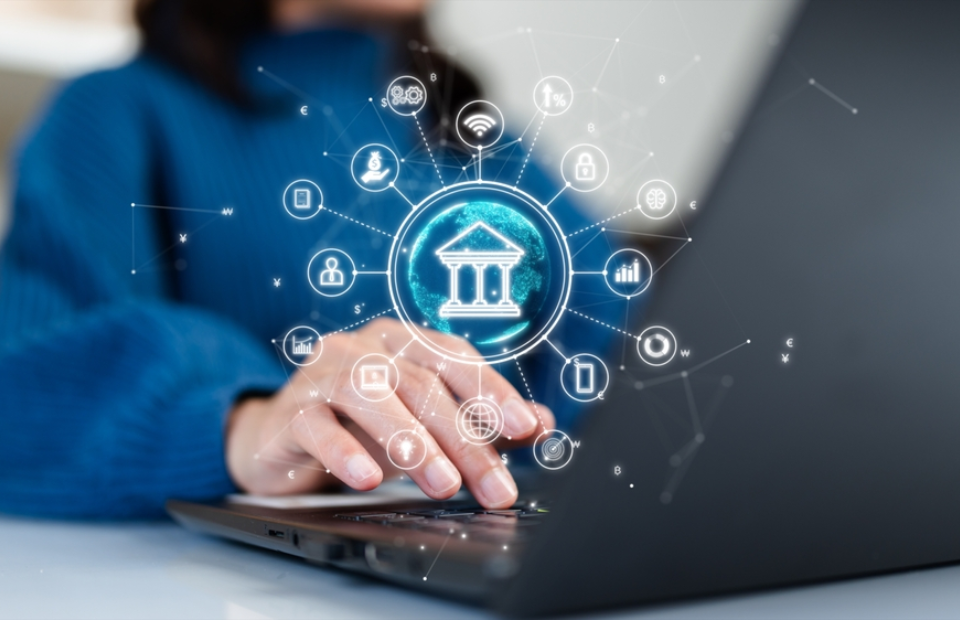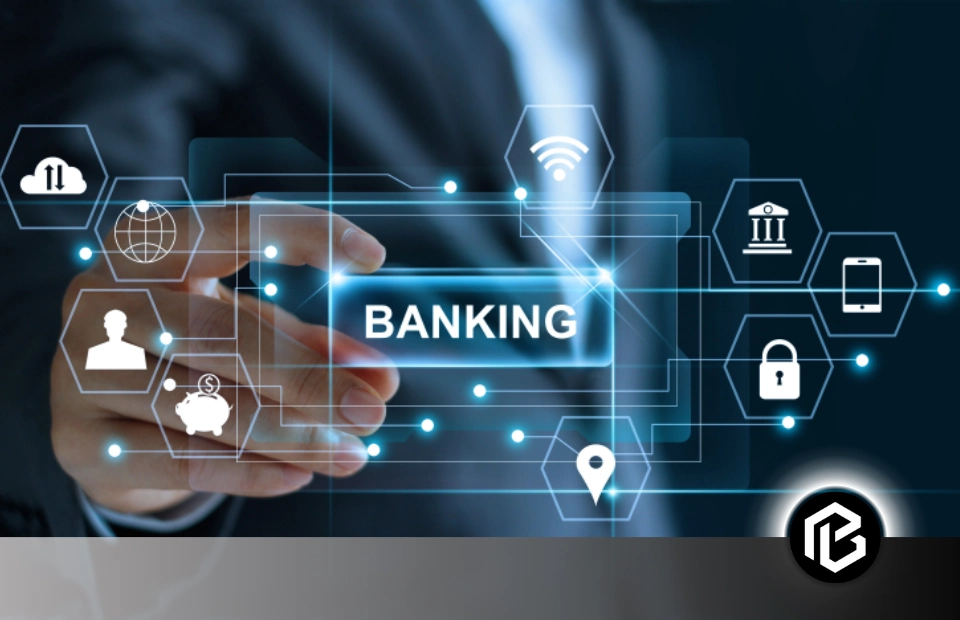How often do you go to the bank as more and more of our daily lives move online? You might be wondering if you should do your banking virtually too.
Online versus traditional banking which one is better?
What is Digital Banking?
Digital banking is the process of using electronic channels to access banking services and conduct transactions.
Digital banking is the practice of conducting banking transactions online, either through a website or mobile app.
The ability to do all the physical bank tasks through mobile or computer using the internet is called digital banking. Previously, you had to physically travel to the bank and do multiple steps like waiting in lines and filling out forms to open a bank account. But in this technologically advanced world. in which technologies like 5G technology exist, you can easily create your bank account from your home using digital banking.

Uses of Digital Banking
You can use digital banking to perform multiple tasks within seconds. The tasks and uses of digital banking include:
- Checking Bank Balance
- Downloading Bank Statement
- Transferring Money
- Receiving Money
- Paying Any Type of Bills
All these tasks can be performed easily anywhere and anytime. All this process is called digital banking.
2 Facts I Like the Most About Digital Banking
Although there are many features of digital banking, I like 2 the most. These are discussed below:
Availability
Yes, guys! The availability aspect is the most effective aspect of digital banking. In traditional baking, if you want to perform small tasks using the bank, you must physically visit the location of the bank otherwise you won’t be able to access the bank. But in digital banking, you can access the bank anytime and anywhere easily through any mobile phone using the internet.

Time-Saving
Traditional banking is a very time-consuming process. You must wait in long lines wasting many hours just to check your balance or pay a bill. On the other hand, digital banking is a very time-saving process. You can perform multiple tasks within seconds saving a lot of your precious time.

Traditional Banking VS Digital Banking
With so many banking options out there where you decide to do your banking will impact your financial life. So, you mustn’t just pick the next bank that comes along. You need to pick the right bank that meets your financial needs.

To help you find the best options we will discuss some of the different features between online banks and brick-and-mortar banking companies. Let’s discuss these in three parts:
- Fees
- Customer service
- Security fees
Fees
Online banks offer lower fees and higher interest rates, and you might be wondering why. That is because online banks don’t have physical locations. It means that they don’t have high overhead costs associated with paying rent or utilities etc. I remember that when I was a kid, we would go to the bank and always get lollipops. I loved getting the grape lollipops. Lol!
Other banks for example would treat their customers like doughnuts or coffee. Moreover, do you remember those fun pens that were chained to the counter?
These are all operation costs that traditional brick-and-mortar banks must pay, whereas online banks don’t have customer service.
Customer Service
While online banks offer lower fees and higher interest rates, they also come with some hidden stress costs that come in the form of service and technology interruption.

This is something you deal with a lot, especially if you are trying to stay on top of your finances.
Customer service is a nightmare if you try it via their website, their chatbot or even a live chat feature. It really just takes forever. You chat you sometimes don’t even get your problem resolved. It’s annoying and it’s a pain.
In traditional banks, you don’t have to deal with it. I mean you still might have to deal with the pain but then you know at least you have customer service in front of you. they know your name and trying to help you with an additional service that brink and mortar banks offer.
Also, many routine services like getting a document notarized or a bank guarantee signature well you can’t do that with online banking.
In short brick and mortar banks have an enhanced customer service experience because you can talk to someone and in theory, they should be able to help you.
Security Fees
Even though the act of physically handing money over to a cashier was a lot safer than making the same transaction electronically for many of us.
Online banking is more secure and reliable than traditional banking.
For example, paying bills online can oftentimes be a lot safer because instead of putting a check and sending it in the mail where it could potentially get lost you get to do it all within your control. You can do it safely online if you take the appropriate precautions to protect your information.
Many people are afraid that they can become victims of hackers and although banks have improved their security this is still a valid concern. The bottom line when it comes to security, your best bet is to take precautions online.
How to Protect Your Data in Digital Banking?
Both online banks and traditional banks store your information in databases that could be hacked at any time. So, either one could potentially be a security vulnerability.

Instead of worrying about it take steps to protect your information and your data.
You can do it by:
- Using a VPN
- Regularly monitoring your account and updating your passwords
Future of Digital Banking
The future of digital banking is super exciting and amazing. As AI is coming in boom. Artificial Intelligence in Customer Service changed the whole game. we expect to see more AI integration and implementation in banking. It includes AI-powered chatbots that can assist us with banking queries. Mobile banking apps are becoming more secure and advanced. The focus is on enhancing reliability and accessibility.
Conclusion
Digital banking is a go-to option for everyone in today’s modern and digital era. It provides you with multiple features saving a lot of time. Moreover, it is very easily accessible from checking bank balances to paying multiple bills within a click.
So which type of banking is better for you, online banking, or traditional banking? We’re curious to know.
We hope this article was an illuminating light of information to make your lives easier and happier!
Frequently Asked Questions on Digital Banking
How does digital banking differ from traditional banking?
Digital banking differs from traditional banking by offering convenient and accessible banking services through online platforms, mobile apps, ATMs, and other electronic channels, enabling customers to manage their finances anytime, anywhere, without visiting physical bank branches.
How does digital banking enhance convenience for customers?
Digital banking enhances convenience for customers by providing 24/7 access to banking services from any internet-enabled device, eliminating the need to visit physical bank branches, waiting in line, or adhering to traditional banking hours.
Is digital banking secure?
Yes, digital banking employs robust security measures such as encryption, multi-factor authentication, biometric identification, and fraud detection systems to protect customer data, transactions, and accounts from unauthorized access, identity theft, and cyber threats.
Can digital banking accommodate all types of financial transactions?
Yes, digital banking can accommodate a wide range of financial transactions, including account inquiries, fund transfers, bill payments, loan applications, investment management, insurance services, and customer support interactions, offering comprehensive banking services through digital channels.





